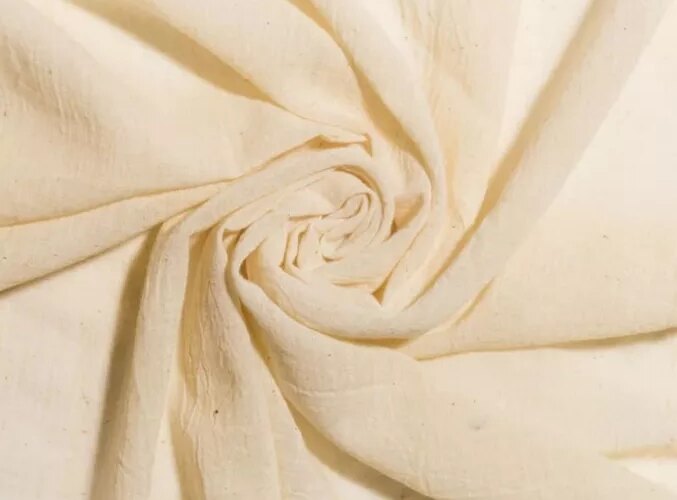Raw cotton fabric is gaining attention in the fashion industry. Learn about its characteristics and applications in this article by Fashion Bandung.
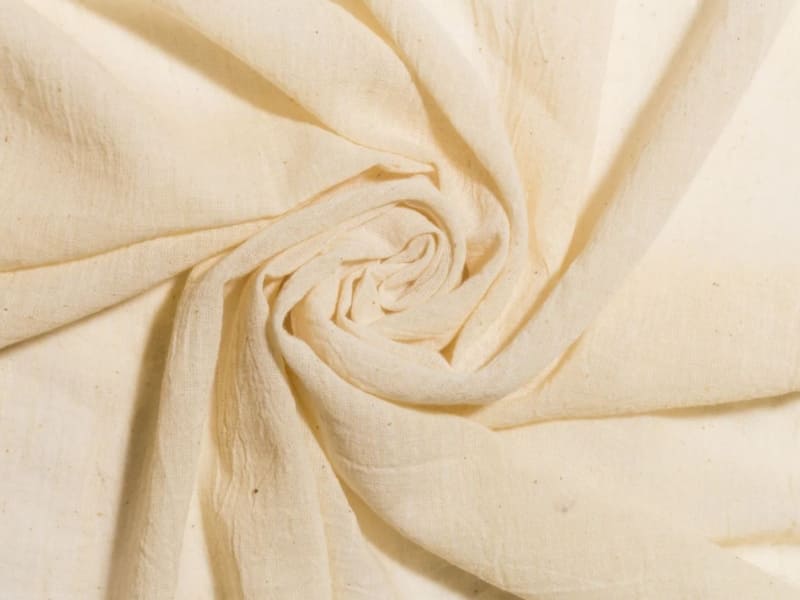
Raw cotton fabric refers to fabric that is made from cotton fibers in their natural state, before any processing or treatment has been applied. These cotton fibers are obtained directly from the cotton plant and have not been subjected to any bleaching, dyeing, or other chemical treatments that alter their natural color or properties. Raw cotton fabric typically has a slightly beige or off-white color and a coarse texture. It is the starting point for the production of various cotton-based textiles and is often used in the manufacturing of clothing, home furnishings, and other fabric-based products.
What is raw cotton fabric?
Many of you are likely curious about the answer to this question: What exactly is raw cotton fabric? Raw cotton fabric is primarily made from natural cotton and hemp fibers, with no artificial or other fibers added. This fabric has the remarkable ability to absorb sweat rapidly and has a moderate thickness, making it comfortable for users. Due to these properties, raw cotton fabric is commonly used in sewing summer clothes within the fashion industry.
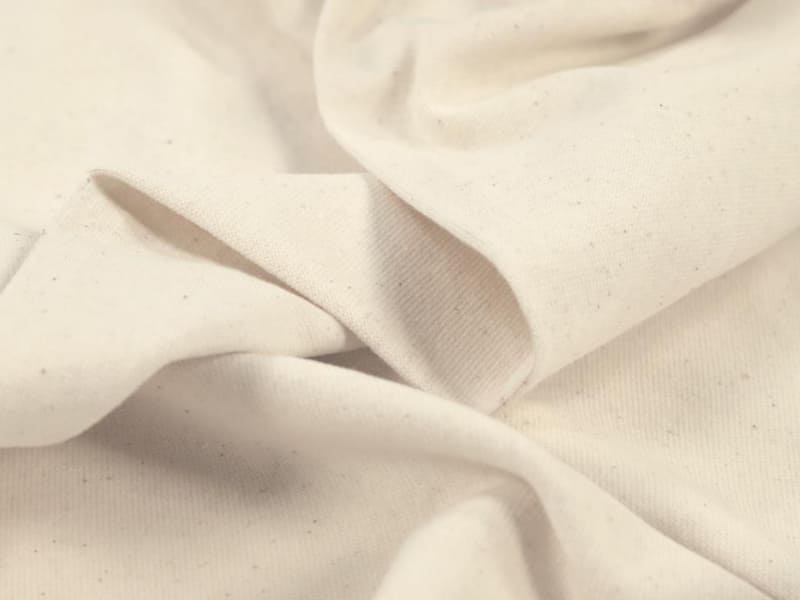
Cotton canvas is a versatile and popular fabric that is made from cotton fibers. It is woven using a special technique that creates a sturdy and durable material. Cotton canvas is commonly used for various applications such as making tents, sails, backpacks, and artwork. It is known for its strength, breathability, and ability to withstand wear and tear. This type of canvas can be dyed, printed on, or treated with a water-resistant coating for additional functionality. Its natural color is typically off-white or beige, but it can also be found in various colors and patterns. Cotton canvas is favored by many artists and craftsmen for its texture and absorbency, making it suitable for painting, screen printing, and embroidery.
The origin and development history of raw cotton fabric, from its beginnings to its current state of production.
Raw cotton is a fabric that has been closely connected to the ancient tradition of cotton cultivation and weaving. It has been associated with cotton plants found in various regions across the globe and has been in existence since prehistoric times. The evidence supporting this long-standing tradition can be observed through the unearthing of fabric remnants that date back more than 6000 BC.
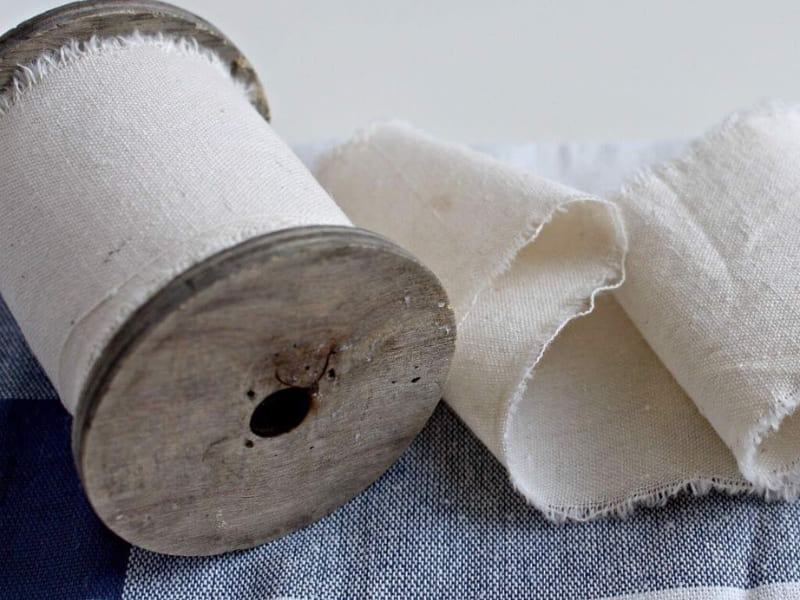
The origin and development history of raw cotton fabric can be traced back to ancient civilizations. Cotton, as a natural fiber, has been cultivated and used for thousands of years. Its journey began in India around 6,000 years ago, where it was first domesticated. From India, the knowledge of cotton cultivation and its use slowly spread to other regions of the world.
The development of raw cotton fabric saw significant advancements during the Industrial Revolution in the 18th century. With the invention of cotton gin by Eli Whitney in 1793, the process of separating cotton fibers from seeds became faster and more efficient. This led to increased productivity and made cotton fabric more affordable and accessible.
During the 19th and 20th centuries, advancements in technology and machinery revolutionized the production of raw cotton fabric. Spinning jennies, power looms, and other textile machinery were introduced, enabling mass production and higher quality fabrics. This period also witnessed the rise of cotton mills and factories, as the demand for cotton fabric increased exponentially.
Today, the production of raw cotton fabric is a global industry, with major producers including countries like China, India, the United States, and Turkey. Advances in technology continue to shape the manufacturing process, making it more sustainable and efficient. Additionally, innovations in textile design and fashion have led to a wide variety of cotton fabric types, finishes, and patterns, catering to diverse consumer preferences and applications.
In conclusion, the origin and development history of raw cotton fabric stretches back thousands of years, from its humble beginnings in ancient India to its global significance in modern times. The journey has been marked by technological advancements, industrial revolutions, and a constant pursuit of improving quality and efficiency. Today, raw cotton fabric remains a vital component of the textile industry, contributing to the creation of diverse, comfortable, and fashionable clothing and home textiles.
Throughout the history of development in various countries and ethnic groups, the prevalence of raw fabric can be observed. This type of fabric has been utilized by individuals from different social classes, such as farmers and workers, in numerous countries and regions. It is widely regarded as a type of fabric that is accessible to all due to its common materials, affordable price, and familiarity among the general population.
The garment industry has experienced significant growth and advancement, leading to a decline in the popularity of raw cotton fabric. Instead, manufacturers have embraced advanced technological processes to enhance the quality of cotton fabric, making it softer and more durable. As a result, consumers are showing renewed interest in raw cotton fabric, appreciating its appropriateness and the attention given to its processing.
Attributes of untreated cotton fabric.
In addition to the question regarding the definition of raw cotton fabric, many readers are curious about its specific characteristics. If you are also interested in gaining knowledge about the qualities of this fabric, make sure to read the following article.
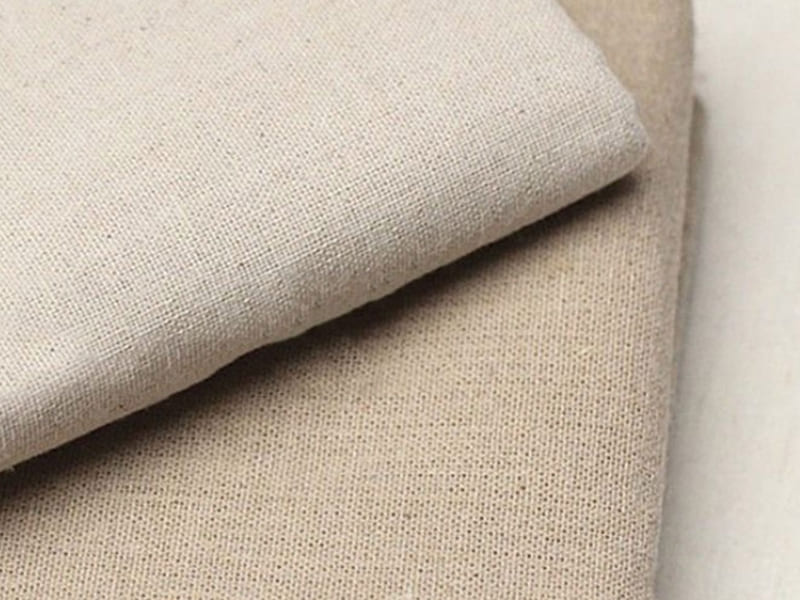
The characteristics of raw cotton fabric refer to the qualities and attributes that can be observed or identified in fabric made from unprocessed or untreated cotton fibers. These characteristics can include the texture, color, strength, absorbency, and breathability of the fabric. Additionally, raw cotton fabric may exhibit variations in thickness, density, and flexibility, depending on the specific quality and processing methods used. These features contribute to the overall aesthetic and functional properties of the fabric, making it suitable for various applications in the textile industry.
- As raw fabric is woven 100% from natural fibers, the fabric is airy and well ventilated.
- Absorbs sweat quickly. Especially suitable for use on hot summer days.
- Raw cotton fabric with a furry surface brings a softer, smoother feel to the wearer. Therefore, this type of fabric is very popular for use in making clothes, towels, bed sheets, blankets, etc.
- This fabric is easy to iron and smooth when washing. So you can completely rest assured when washing the product.
- As mentioned before, cotton fabric is a type of fabric that has a lot of hair on the surface. Therefore, the durability of the product is not high because during the washing process, the hair will fall out, the fabric will become thinner. Moreover, the fabric is made entirely from natural fibers, so the durability is not high.
- Men’s and women’s clothing made from rough fabric will easily fade. So when using it, you need to preserve it properly.
Reference: Summary of 23 types of fabrics commonly used in clothing
In this reference, a comprehensive summary has been provided regarding 23 different types of fabrics that are commonly used in the manufacturing of clothing. The purpose of this summary is to offer a detailed understanding of each fabric type, enabling readers to make informed choices when it comes to selecting fabrics for clothing production.
The summary includes a wide range of fabrics, from natural fibers such as cotton, silk, and wool, to synthetic fabrics like polyester, nylon, and spandex. Each fabric is described in terms of its characteristics, including its durability, breathability, elasticity, and texture. Additionally, the summary delves into factors such as the fabric’s suitability for different weather conditions, its care requirements, and its potential uses in various types of clothing.
By providing an overview of these fabrics, the reference aims to empower designers, manufacturers, and consumers to make knowledgeable decisions about the fabrics they use or purchase. It emphasizes the importance of selecting the right fabric for a specific clothing item, based on its desired functionality, comfort, and style.
Overall, this reference serves as a valuable resource for anyone involved in the clothing industry, offering a comprehensive overview of the 23 most commonly used fabrics and their characteristics.
Pros and cons of raw cotton fabric.
Certainly, when it comes to learning about a new fabric, it is natural for everyone to be interested in not only understanding what the fabric is, but also the various benefits and drawbacks associated with it. The same holds true for raw cotton fabric, as people often wonder about its composition and characteristics. To address this curiosity, Fashion Bandung will now provide a detailed explanation of the advantages and disadvantages of raw cotton fabric.
Benefits of raw cotton fabric include breathability, durability, and natural cooling properties, making it ideal for comfortable and eco-friendly clothing.
Raw cotton fabric is a textile material derived from natural sources. This type of fabric offers several remarkable advantages due to its composition.
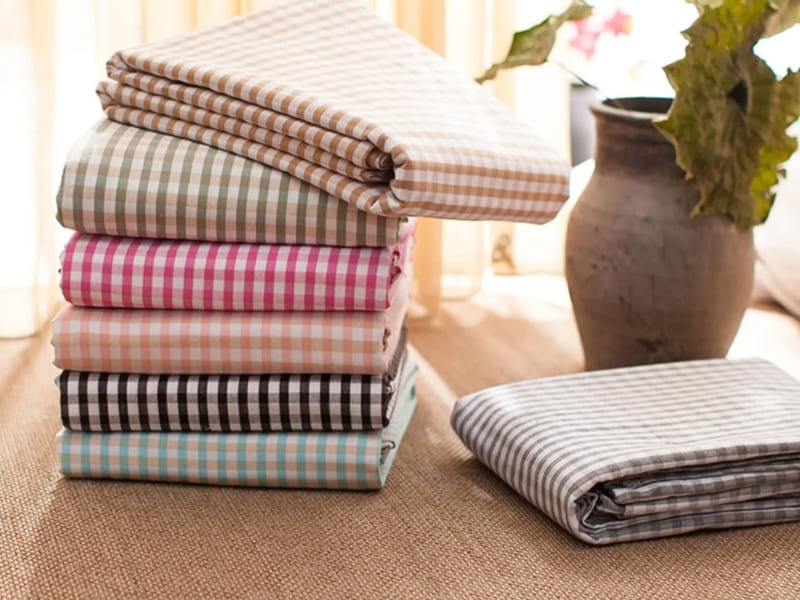
There are several advantages to using raw cotton fabric. Raw cotton fabric is known for its natural and breathable properties, which make it extremely comfortable to wear. It is also hypoallergenic, making it a great choice for people with sensitive skin or allergies. Raw cotton fabric is highly absorbent, allowing it to wick away moisture and keep the wearer cool and dry. Additionally, raw cotton fabric is durable and long-lasting, making it a sustainable and eco-friendly choice. This fabric is also versatile and can be used for a variety of purposes, such as clothing, bedding, and home decor. Overall, the advantages of using raw cotton fabric make it a popular choice among consumers.
- Durable, strong: is considered a highly durable fabric, more durable than felt and some other fabrics on the market. Moreover, raw cotton fabric is not easily torn and can be used for a relatively long time if you know how to preserve it.
- Eat color: made from natural cotton and hemp fibers. Therefore, the color absorption ability of this fabric is quite good. Thanks to that, the design and modeling from this material becomes precise and popular.
- Light, smooth fabric: has the advantage of being light and smooth, bringing a comfortable feeling to the wearer.
- Safe: Made entirely from natural materials, containing no synthetic fibers, raw cotton fabric is quite safe for the wearer. When using clothes made from raw cotton fabric, you do not need to worry about irritation, allergies or adverse effects on the wearer’s health.
- Good absorption: Using raw cotton fabric, washing and drying will be quick because of its excellent absorbency. Especially on hot summer days, the effective sweat absorption of this fabric helps the wearer feel more comfortable.
Drawbacks of raw cotton fabric.
In addition to its exceptional benefits, raw cotton fabric also possesses certain drawbacks. These may include the following:

There are several disadvantages associated with raw cotton fabric.
- Not shiny: Raw fabric is not combined with synthetic fibers, so the design of the fabric is not very shiny. Moreover, this type of fabric is also easy to wrinkle when folded for a long time or when crumpled strongly.
- Less luxurious: Compared to natural silk or linen, raw cotton fabric cannot be compared. It cannot create a flowing or noble outfit. However, for those who follow the classical school, this is the preferred fabric.
- Thick: Furthermore, the thickness of this fabric is quite high. It is the reason why people are hesitant to wear it.
Summary: Raw cotton fabrics are widely used today in various industries, providing comfort, breathability, and versatility for clothing, home textiles, and industrial applications.
Currently, there is a wide range of options available in the raw cotton fabric market. Customers have numerous types to choose from when it comes to purchasing raw cotton fabric. Some of the typical examples include:
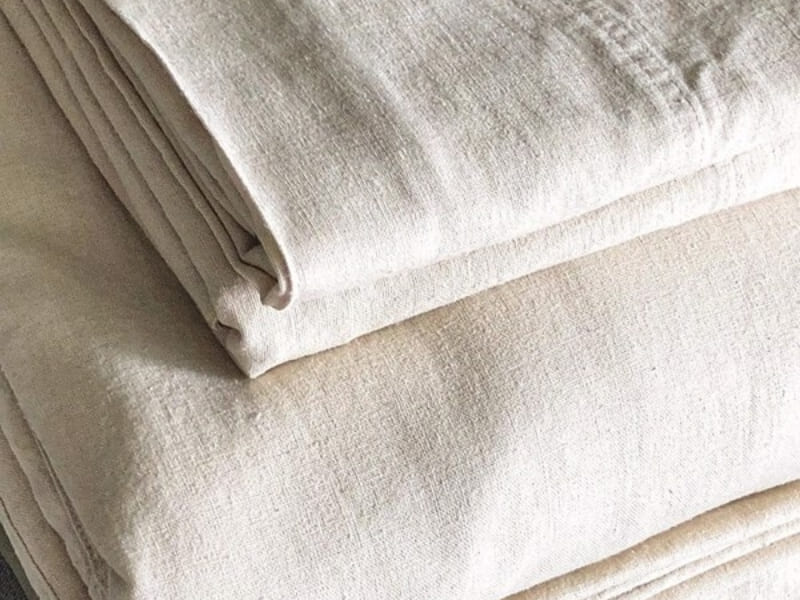
Today, there are various types of raw cotton fabrics that are commonly used. These fabrics are made from natural cotton fibers and are widely employed in different industries. Some of the popular raw cotton fabrics include plain-weave cotton, twill-weave cotton, and satin-weave cotton.
Plain-weave cotton is a basic type of fabric that is commonly used for everyday clothing items. It has a simple crisscross pattern, which makes it durable and versatile. Plain-weave cotton is lightweight and breathable, making it suitable for warm weather.
Twill-weave cotton, on the other hand, has a diagonal pattern created by the interlacing of the cotton threads. This type of fabric is known for its durability and strength. It is often used for making jeans, jackets, and workwear due to its ability to withstand heavy-duty usage.
Satin-weave cotton is a luxurious type of fabric with a smooth and glossy surface. It is made by weaving the cotton threads in a way that fewer interlacing points are achieved. Satin-weave cotton is commonly used in the fashion industry for creating elegant evening gowns, lingerie, and beddings.
Apart from these commonly used raw cotton fabrics, there are also variations available that offer additional features and functionality. Some examples include organic cotton fabric, which is produced without the use of harmful chemicals and pesticides, and stretch cotton fabric, which has added elasticity for increased comfort.
Overall, raw cotton fabrics are widely used today due to their natural and breathable properties. They are favored for their comfort, durability, and versatility, making them suitable for various applications ranging from everyday clothing to high-end fashion.
- Raw cotton fabric: This is a fabric made from 100% natural materials, it is not mixed with any synthetic fibers or chemicals during the production process. Therefore, this fabric is quite hard and thick.
- Raw silk fabric: Unlike raw cotton, raw silk fabric is softer and has better sweat absorption. This is considered the softest raw cotton fabric today. Raw silk fabric brings a cool feeling like linen and is soft and smooth, not much different from silk fabric. In particular, the price of this fabric is also very affordable, so it is loved by many customers.
- Linen fabric: This fabric is quite similar to regular linen because it contains a lot of linen fibers. With its light, airy properties and open-cell structure, this fabric has excellent sweat absorption and brings ventilation and comfort to the wearer.
Raw cotton fabric is used in various applications such as clothing, bedding, upholstery, and industrial products.
Raw cotton fabric refers to a type of fabric that is made directly from cotton fibers without undergoing any processes to alter its natural state. It is an unprocessed fabric that retains the original characteristics of cotton, such as its softness, breathability, and ability to absorb moisture.
The applications of raw cotton fabric in everyday life are varied and extensive. It is commonly used for making clothing items such as t-shirts, dresses, and trousers due to its comfort and versatility. The fabric’s breathability makes it ideal for warm weather clothing as it allows air to circulate, keeping the wearer cool and comfortable.
Raw cotton fabric is also used for home furnishings like bedsheets, pillowcases, and curtains. Its natural fibers provide a soft and cozy feel, enhancing the comfort of one’s living space. Furthermore, the fabric’s ability to absorb moisture makes it suitable for towels and bathrobes as it can easily absorb water after a shower or bath.
In recent years, raw cotton fabric has gained significant attention in the market due to its sustainable and eco-friendly properties. As it is made from natural fibers, it is biodegradable and does not contribute to environmental pollution. This has led to an increased demand for products made from raw cotton fabric as consumers become more conscious of the environmental impact of their choices.
Overall, raw cotton fabric is a popular choice in various aspects of daily life due to its natural properties and versatility. From clothing to home furnishings, it offers comfort, breathability, and sustainability, making it highly favored in the market today.
- Used in the fashion clothing industry: raw cotton fabric used in sewing shirt and mainly used to make pants because this fabric has a certain hardness and the ability to keep its shape extremely well. Moreover, with items in a simple, stylish and fashionable style, this fabric is also very popular. This is a fabric that is favored by many foreign fashion brands.
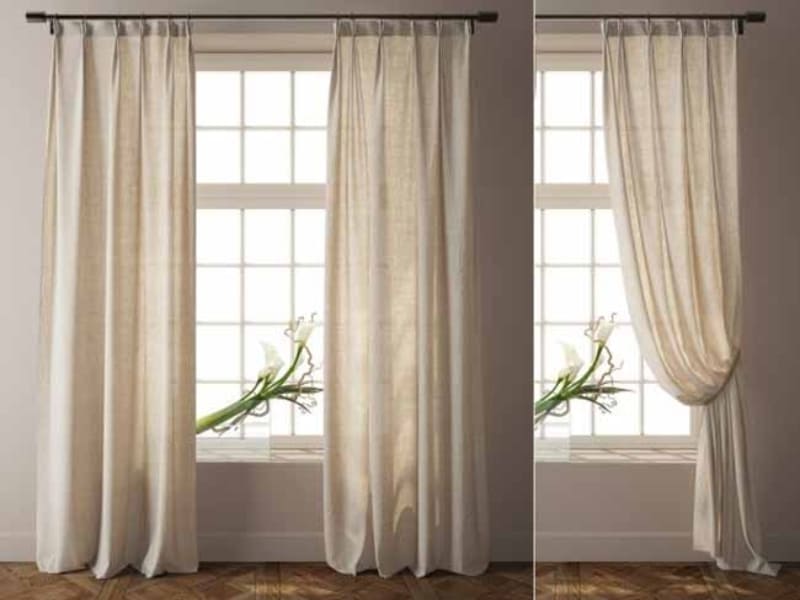
Raw cotton fabric is a versatile material that finds numerous applications in our daily lives. This natural textile, made from cotton fibers that have not undergone any processing or dyeing, has a wide range of uses due to its unique properties.
One of the most common applications of raw cotton fabric is in the manufacturing of clothing and textiles. The fabric’s softness, breathability, and ability to absorb moisture make it an ideal choice for creating comfortable garments, such as t-shirts, dresses, and undergarments. Additionally, raw cotton fabric is also used in the production of bed sheets, pillowcases, and towels, providing us with cozy and absorbent household essentials.
Beyond clothing and textiles, raw cotton fabric is utilized in various other sectors. It serves as a crucial material in the automotive industry, where it is used to create upholstery for car seats and headliners. Its durability and ability to withstand wear and tear make it an ideal choice for these applications.
Moreover, raw cotton fabric is extensively employed in the medical field. Its hypoallergenic and breathable properties make it suitable for manufacturing sterile and comfortable medical gauzes, swabs, and bandages. Additionally, it is also used in the production of disposable hygiene products, like wipes and sanitary napkins, where its absorbent nature proves to be highly beneficial.
The versatility of raw cotton fabric extends to the home decor industry as well. It is frequently used in creating curtains, tablecloths, and upholstery for furniture, adding a touch of warmth and comfort to living spaces. Its natural aesthetics and ability to blend well with different interior styles make it a popular choice among interior designers and homeowners alike.
In conclusion, the applications of raw cotton fabric in daily life are extensive and diverse. From clothing and textiles to automotive upholstery, from medical supplies to home decor items, this natural textile continues to play a significant role in various industries, enhancing comfort, functionality, and aesthetics in our everyday lives.
- Used in fashion accessories: widely used in sewing fashion handbags, cloth bags,… this is also a priority that many young people love today because of its environmental friendliness.
- Used in interior design: Not only in fashion, in interior design, raw cotton fabric is also very popular and used. You can easily find it in curtains, bed sheets, curtains, etc.
To identify raw cotton fabric, examine its texture, look for natural imperfections, and check for a natural off-white or beige color.
In order to easily differentiate raw cotton fabric from other fabrics, there are specific characteristics that you can observe and take into consideration.
- Observe: With the naked eye we can distinguish raw cotton fabric because the fabric is raw in the fibers and is less eye-catching than other fabrics.
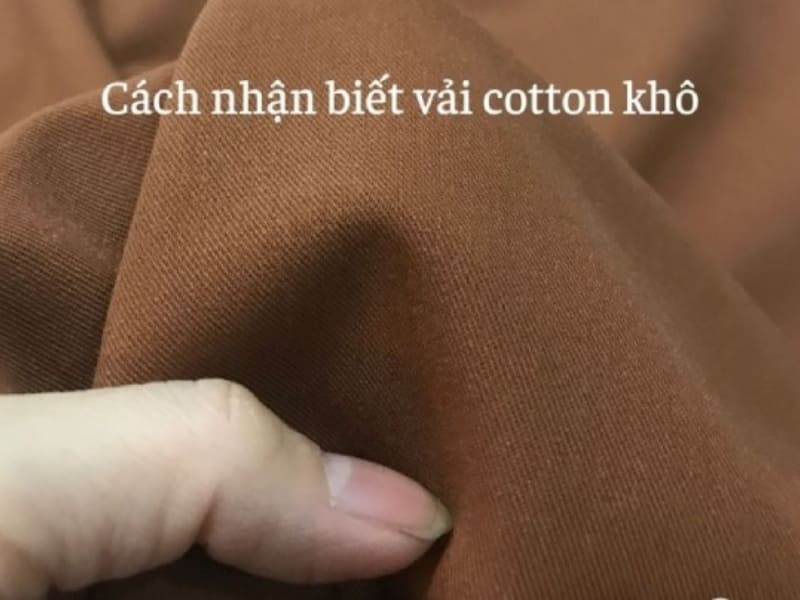
Guide on How to Distinguish Raw Cotton Fabric
One of the most important factors to consider when working with cotton fabric is the quality of the fabric itself. To ensure you are using raw cotton fabric of the highest quality, it is important to know how to distinguish it from other types of cotton. Here are some details on identifying raw cotton fabric:
1. Look for irregularities: Raw cotton fabric often has natural irregularities due to the manufacturing process. Look for small knots, slubs, or slight inconsistencies in the weave. These irregularities are a characteristic feature of raw cotton fabric.
2. Check for natural colors: Raw cotton fabric typically comes in neutral or earth-tone colors. Look for fabrics in shades of white, off-white, beige, or light brown. Avoid fabrics with bright or vivid colors as they are more likely to be dyed or processed.
3. Examine the texture: Raw cotton fabric has a unique texture that is slightly coarse and rough to the touch. Run your fingers along the fabric to feel its natural texture. It should not feel overly smooth or silky.
4. Observe the fabric’s weight: Raw cotton fabric is relatively lightweight compared to other types of cotton. It has a breathable quality and is ideal for warm climates. If the fabric feels heavy or dense, it may be an indication that it has been processed or blended with other materials.
5. Look for minimal sheen: Raw cotton fabric has a matte appearance with minimal sheen. Avoid fabrics that have a glossy or shiny surface, as they are more likely to have undergone chemical treatments or finishes.
6. Check for natural imperfections: Raw cotton fabric may have small specks or tiny plant fragments embedded in the fibers. These are natural imperfections and should not be seen as flaws.
By paying attention to these details, you will be able to distinguish raw cotton fabric from other types of cotton and ensure you are working with high-quality, unprocessed fabric.
- Feel by hand: Feeling by hand also helps you easily identify raw cotton fabric. This type of fabric will feel cool to the touch but real, not slippery.
- Gently squeeze the fabric to test.: As mentioned before, cotton fabric wrinkles relatively easily. So you can crumple it to know, if wrinkles form immediately then it is cotton fabric.
Above are some detailed explanations about what raw cotton fabric is and the various advantages and applications it offers. It is hoped that through the information provided, readers now have a comprehensive understanding of this fabric. Do not hesitate to follow our Fashion Bandung for regular updates on the latest fashion news.
“Fashion Bandung presents a wide range of fashionable clothing and accessories exclusively for men. Our collection showcases the latest trends in men’s fashion, offering a variety of styles that cater to every individual’s taste and preference. From stylish shirts and trousers to trendy shoes and accessories, we have everything you need to elevate your wardrobe. Our commitment to quality ensures that our products are not only fashionable but also durable and long-lasting. Whether you’re looking for casual attire or formal wear, Fashion Bandung is your ultimate destination for men’s fashion.”

The editor of the piece is Bui Thi Hieu.

